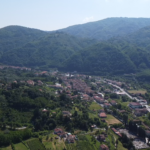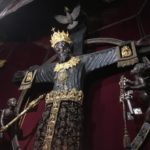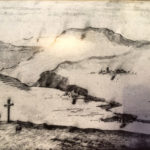
Borgo a Mozzano
The town of Borgo a Mozzano is located on the right bank of the Serchio River with the Apuan Alps (Alpi Apuane) on the west and the Apennines on the east. It is the administrative center of an area rich in history, legends, and traditions. Borgo a Mozzano is known for one of the most mysterious and fascinating monuments in the entire province of Lucca: the Maddalena Bridge more commonly known as the Devil’s Bridge. The 90-meter long bridge is a remarkable piece of medieval engineering and associated with a rather particular legend. Borgo a Mozzano, however, is not only the Devil’s Bridge, its old historical center is worthy of a stroll to discover interesting buildings, churches, squares, and small gardens. In the gardens, azalea plants, which in the language of plants symbolize maternal love, can often be admired....







